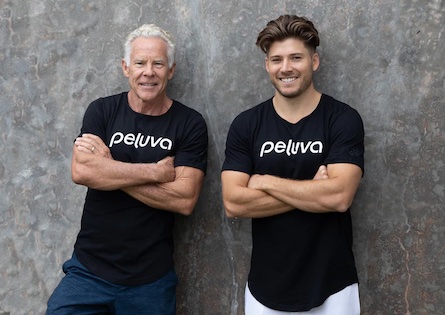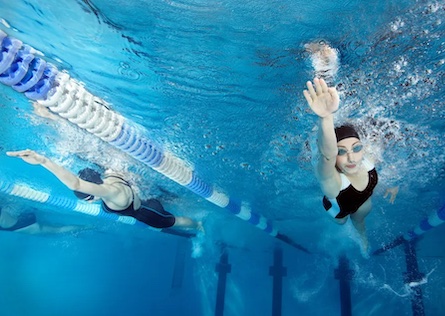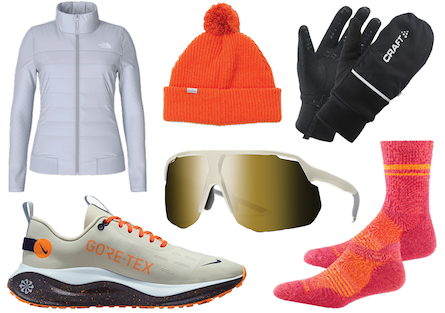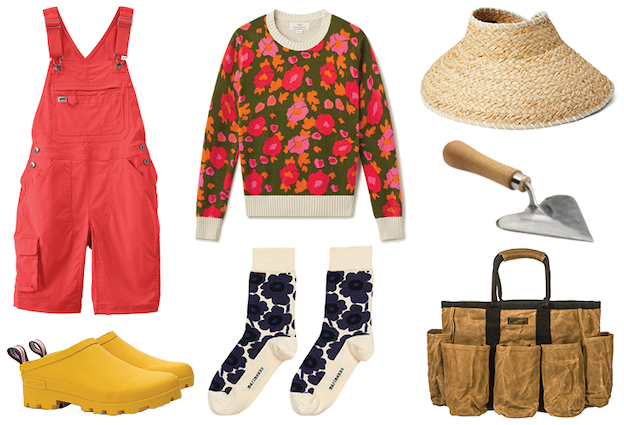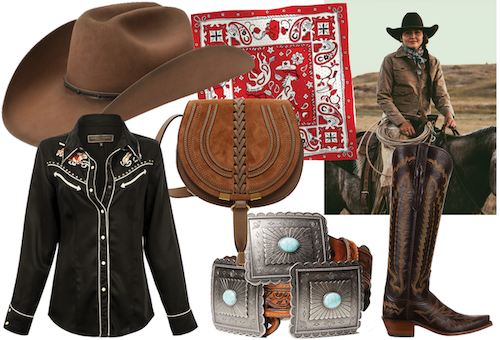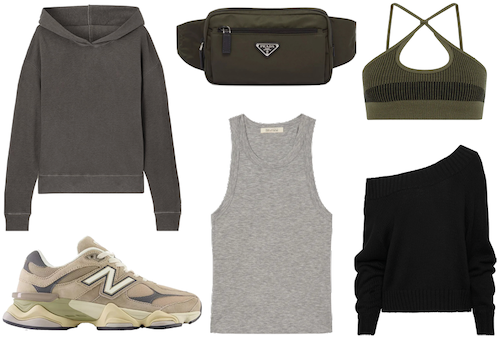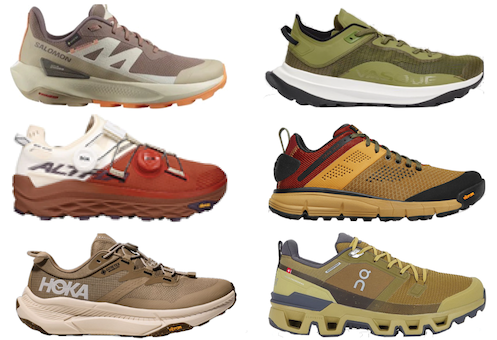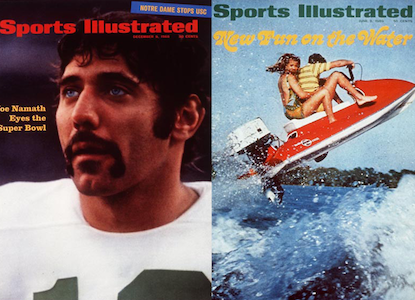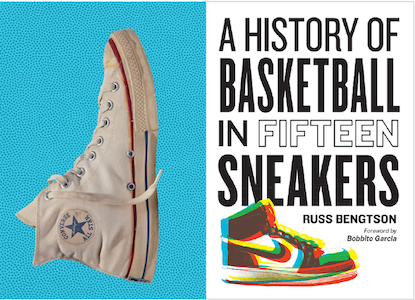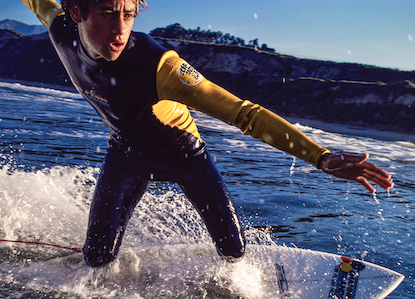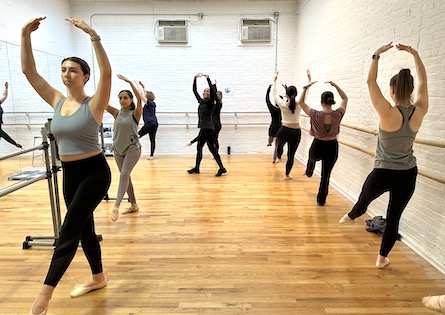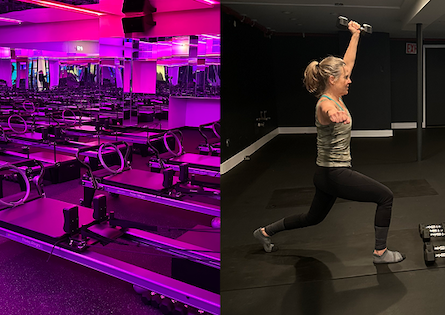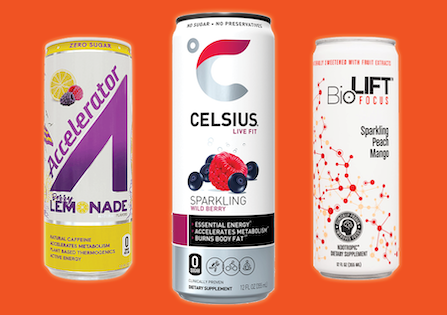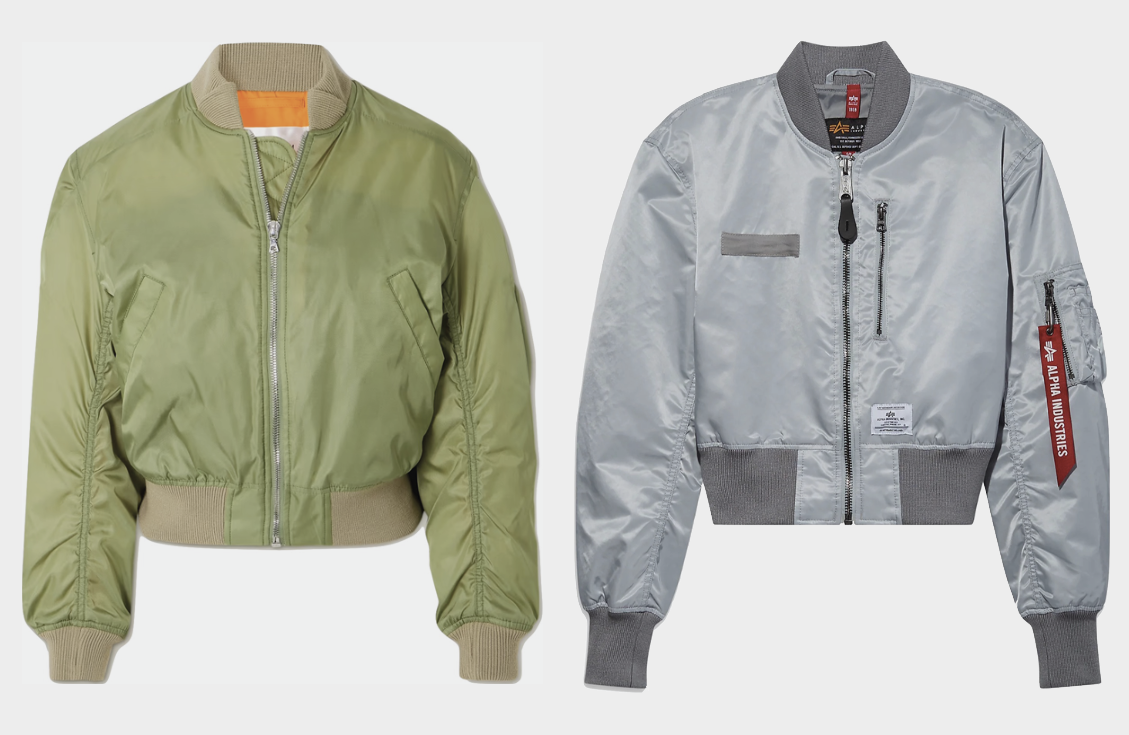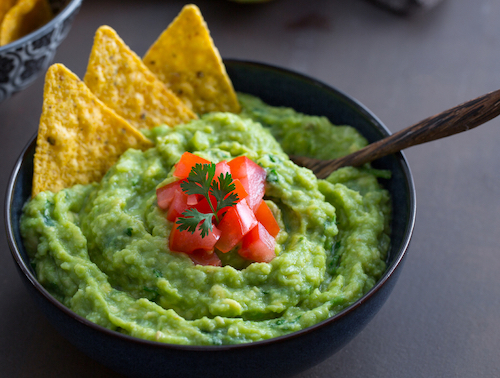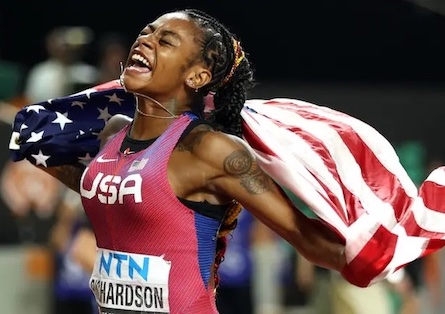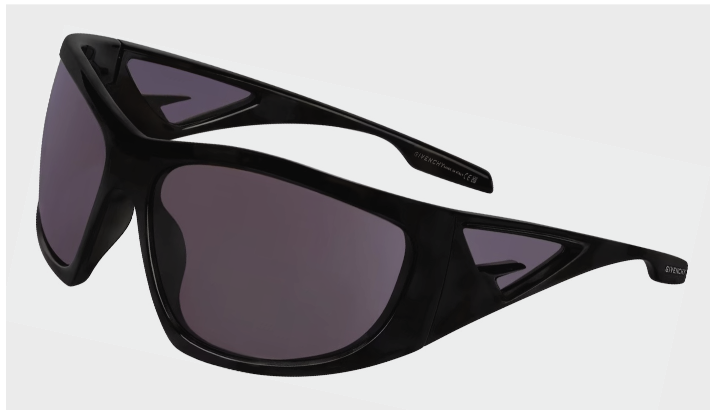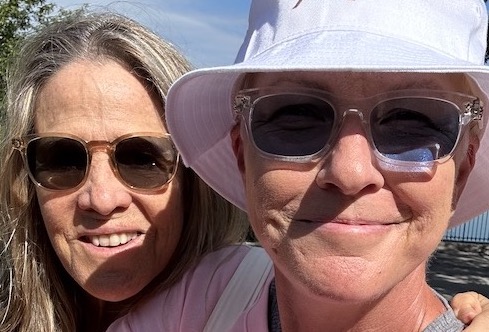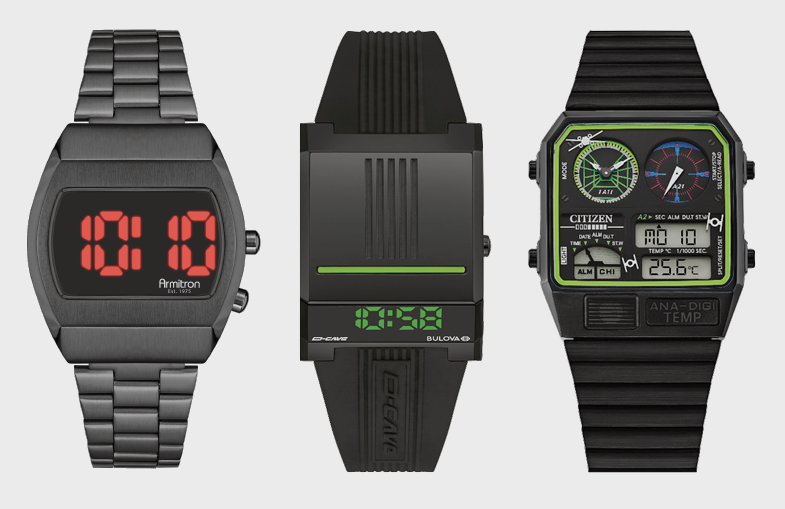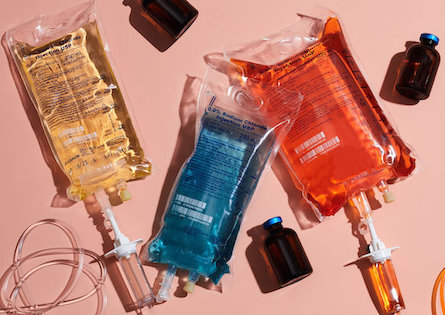CLICK TO SHOP ABOVE
LEFT COLUMN: 2XU WOMEN’S VENTED LONG SLEEVE COMPRESSION TOP $99.95; CW-X STABILYX 3/4 TIGHTS $89.99; UNISEX PERFORMANCE RUN SLEEVES $44.95; CENTER COLUMN: NIKE WOMENS PRO II COMPRESSION FIT SHORTS $25; SKINS A200 COMPRESSION TANK TOP $89.99; 2XU ELITE COMPRESSION TIGHTS $139.95; RIGHT COLUMN: CEP PROGRESSIVE+ RUN SOCKS 2.0 $60; NIKE PRO COMBAT HYPERWARM COMPRESSION LITE MENS TIGHTS $50; UNDER ARMOUR WOMEN’S FLY-BY COMPRESSION CAPRI $49.99
What’s all the fuss over compression gear? It’s one of the fastest growing categories in apparel, and the sleeves, socks, tights and tops are becoming ubiquitous in the gym, at the track, and on the road. “The calf sleeves and socks sell themselves because there is a fashion component to them,” said Jerry Macari, owner of retailer/running club Urban Athletics in New York. “They look kind of cool and everybody has them so I have to get them.”
With a structure that is engineered to apply strong pressure to specific parts of the body, compression athletic apparel is derived from the medical field, where for years it has been used to improve circulation in patients with low blood pressure, treat vascular irregularities and prevent leg and ankle swelling. Dr. Peter J. Duggan DC CSCS, partner at Duke Chiropractic in New York, says he prescribes compression gear for everyone from serious athletes to weekend warriors.
But does it enhance athletic performance? The idea is that during and after exercise, compression increases circulation which reduces inflammation and promotes recovery. It also reduces vibrations so there is less fatigue. Manufacturers will claim many benefits—Under Armour, which essentially created the compression sports apparel market, tells you that “ultra-light, second-skin fit delivers a locked-in feel that keeps your muscles fresh & your recovery time fast”—but the science isn’t as conclusive. The results generally support the idea that compression gear does little to enhance actual performance—it won’t make you any faster or stronger—but it can have a moderate effect on recovery of maximal strength and power, reductions in muscle swelling and muscle pain, blood lactate removal, and increases in body temperature.
Duggan and Macari agree that the main benefit from compression apparel is in recovery, but both hedged slightly when asked if it really works. “Are you asking me if it is placebo or not? There are too many people using it for it to be a placebo,” said Duggan. “Paula Radcliffe was an early adopter of it, and if Paula is using it, I think we have to take a look at it.”
Macari was quick to point out that he believes compression is a piece of gear rather than a piece of clothing, and that tights are probably the most effective because they hit all the major muscle groups.
If you want to check out compression gear, you should pay attention to the size charts, and try out different brands to test their compression on your body. There are several brands to choose from, including market leaders Under Armour, Nike and Skins. 2XU has a broader line of products including compression tops and is the primary brand carried by Urban Athletics. More specialized brands are also available, including CW-X and Opedix, which focuses on the science of kinesiology in its shorts and tights designs. CEP focuses on socks and joint compressions, while Zensah specializes in sleeves and socks (including argyle designs!). Duggan cited the brand 110%, which has a line that combines compression and ice therapy. One bonus: Virtually all compression gear comes with micro-fiber anti-bacterial and anti-odor protection.
Special thanks to Jay Diamond!
